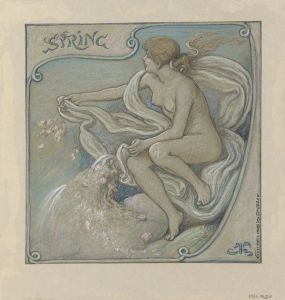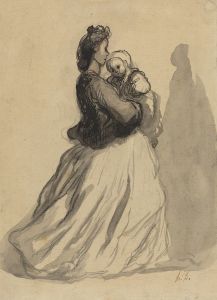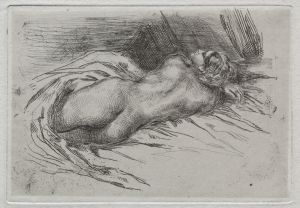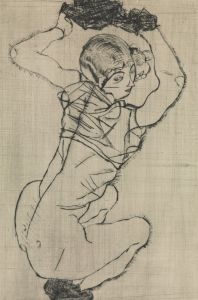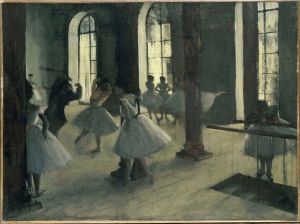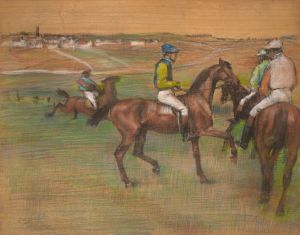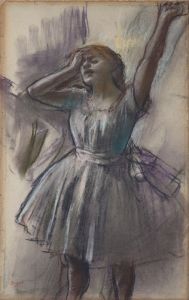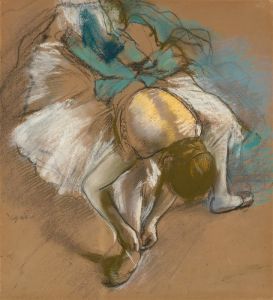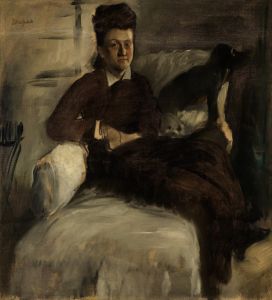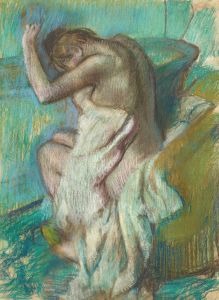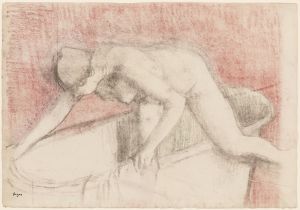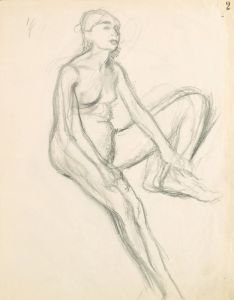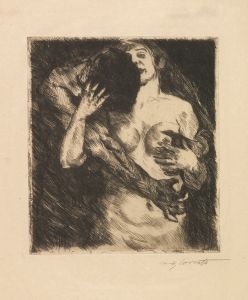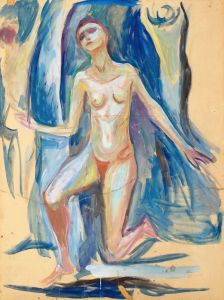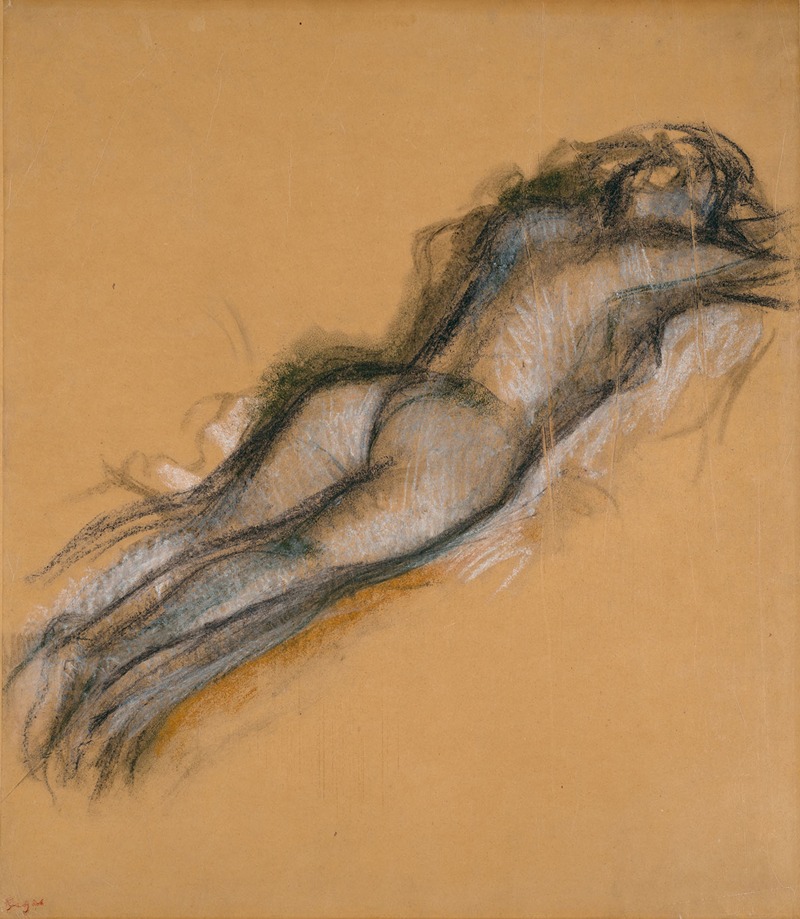
Femme nue couchée
A hand-painted replica of Edgar Degas’s masterpiece Femme nue couchée, meticulously crafted by professional artists to capture the true essence of the original. Each piece is created with museum-quality canvas and rare mineral pigments, carefully painted by experienced artists with delicate brushstrokes and rich, layered colors to perfectly recreate the texture of the original artwork. Unlike machine-printed reproductions, this hand-painted version brings the painting to life, infused with the artist’s emotions and skill in every stroke. Whether for personal collection or home decoration, it instantly elevates the artistic atmosphere of any space.
Edgar Degas, a prominent French artist associated with the Impressionist movement, is renowned for his innovative approach to capturing the human form, particularly through his depictions of dancers, women, and everyday scenes. One of his notable works is "Femme nue couchée," which translates to "Reclining Nude Woman." This artwork exemplifies Degas's mastery in portraying the human body with a sense of realism and intimacy.
"Femme nue couchée" is a pastel drawing, a medium Degas frequently employed, allowing him to explore the subtleties of light, shadow, and texture. The use of pastel enabled Degas to achieve a softness and immediacy in his work, capturing fleeting moments with a delicate touch. This particular piece showcases a nude woman reclining, a subject that Degas revisited throughout his career, reflecting his interest in the natural, unposed state of the human figure.
Degas's approach to the nude was distinct from many of his contemporaries. Rather than idealizing the female form, he often depicted his subjects in candid, sometimes awkward poses, emphasizing their vulnerability and humanity. In "Femme nue couchée," the woman's relaxed posture and the intimate setting suggest a moment of private repose, inviting the viewer into a personal space. The composition is carefully balanced, with the figure's curves and contours harmonizing with the surrounding negative space.
The artwork is characterized by Degas's keen observational skills and his ability to convey the tactile quality of flesh. The pastel medium allows for a rich interplay of colors, with subtle gradations that suggest the play of light across the woman's body. Degas's use of line is both precise and fluid, capturing the essence of the figure with minimal yet expressive strokes.
"Femme nue couchée" reflects Degas's broader artistic concerns, including his fascination with movement and the human form. Although he is often associated with the Impressionists, Degas's work diverges in its focus on draftsmanship and composition. He was less concerned with capturing the effects of light and atmosphere, as many of his peers were, and more interested in the structure and form of his subjects.
Throughout his career, Degas was influenced by a variety of sources, including classical art, photography, and Japanese prints. These influences are evident in his compositional choices and his innovative use of perspective. In "Femme nue couchée," the perspective is intimate, drawing the viewer's eye to the nuances of the figure's pose and expression.
Degas's treatment of the nude was sometimes controversial, as it challenged traditional notions of beauty and propriety. However, his work has been celebrated for its honesty and its ability to capture the complexity of human experience. "Femme nue couchée" is a testament to Degas's skill as an artist and his enduring interest in the human form.
Today, Edgar Degas is recognized as one of the leading figures of 19th-century art, and his works continue to be studied and admired for their technical brilliance and emotional depth. "Femme nue couchée" remains an important example of his contribution to the art world, illustrating his unique vision and his ability to transform everyday moments into profound artistic statements.





